Bees and Wasps
Here at Stellar Pest and Wildlife we only treat or exterminate Honey Bees if they are on your structure and present a threat to people or pets. We partner with local Beekeepers to remove & relocate when possible. Honey bees are an integral part of our environment and are important pollinators that the world relies on for our food production. If you do not know whether the flying insect you see around your home or business is a bee hornet, or a wasp, give us a call and while on the phone, we will help you determine if it is a bee or a wasp. Unlike our beloved bees, wasps are one of the most feared and unwanted insects to have near or around your home or business. To protect your home or business from bees or wasps, first learn about these pests, their behaviors, steps for prevention, and contact Stellar Pest & Wildlife should an infestation occur.
What are Wasps?
Wasps are flying insects insects, ranging from 0.5 to 2 inches in size depending on species. Wasps can sometimes be mistaken for a bee as they are both small flying insects that can give a painful sting. Wasps differ from bees in that they are narrow-waisted, have four wings and aren’t fuzzy. While bees can attack when provoked, they are normally docile creatures. Wasps in comparison are naturally more aggressive predators that are capable of stinging multiple times.

How Long Do Wasps Live?
The lifecycle of a wasp can vary depending on species, however in general most worker wasps live on average for 12 to 22 days while a queen can live up to a year. Queens typically begin building their colony in the spring. Once a queen starts her nest and hatches 10 to 20 worker wasps, she spends the rest of her life producing more eggs. New nests are made every year, often in the same general location as the previous years nest, making wasps a reoccurring, troublesome pest if not treated properly. If you see signs of wasps in or around your home or business, it’s best to take action right away.
How Do I Identify Wasps?
In Texas, the most common types of wasps that you’ll identify are yellow jackets, hornets, and paper wasps, though there are a few other types throughout the state thats you’ll find below.
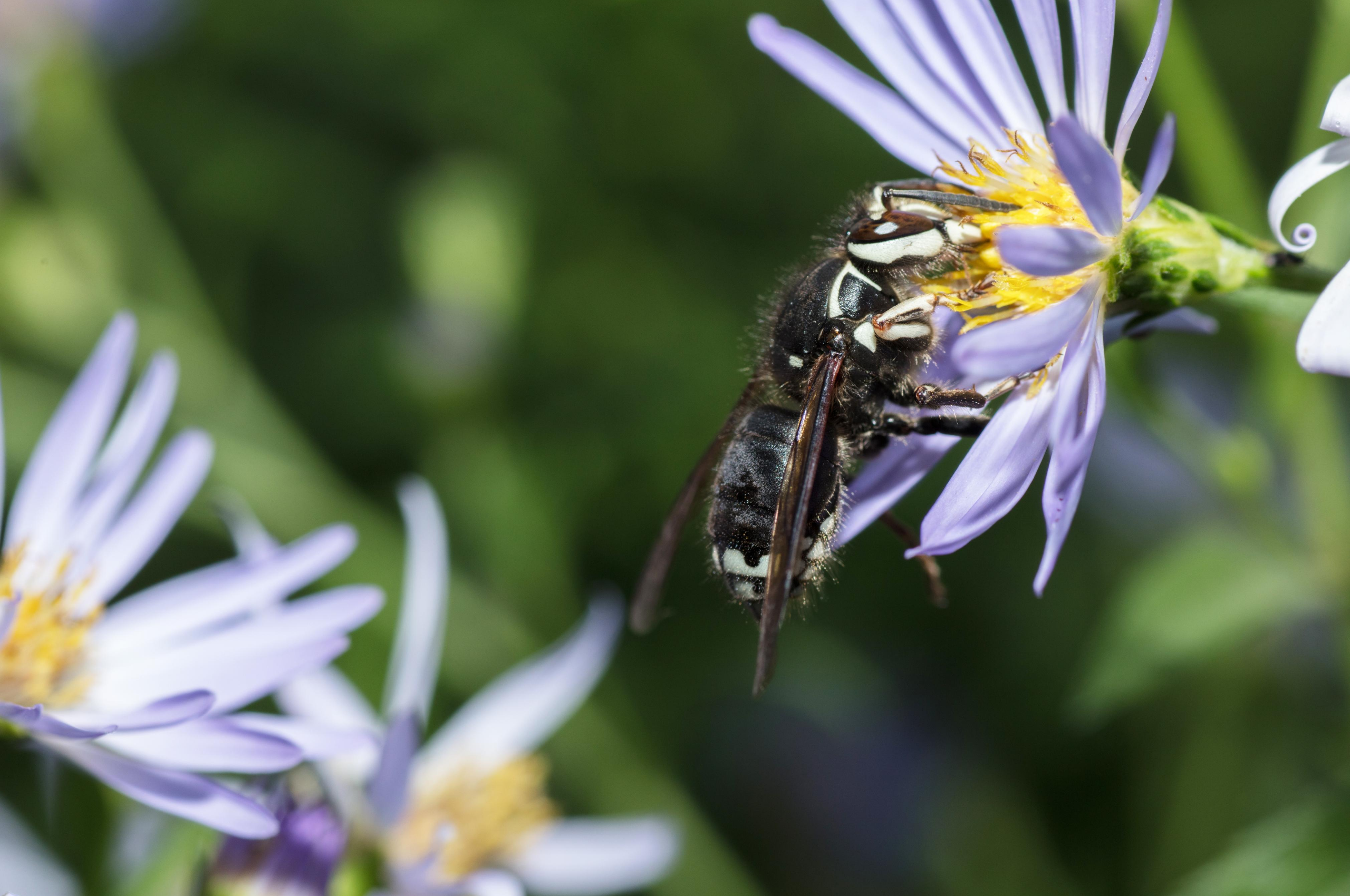
Baldfaced Hornet
Baldfaced hornets are among the most fiercely aggressive of all wasps species found in Texas. These terrifying pests can attack with the full force of the colony when threatened. They are predominantly black with white or pale yellow markings, and build paper nests that can contain hundreds or thousands of individual hornets.
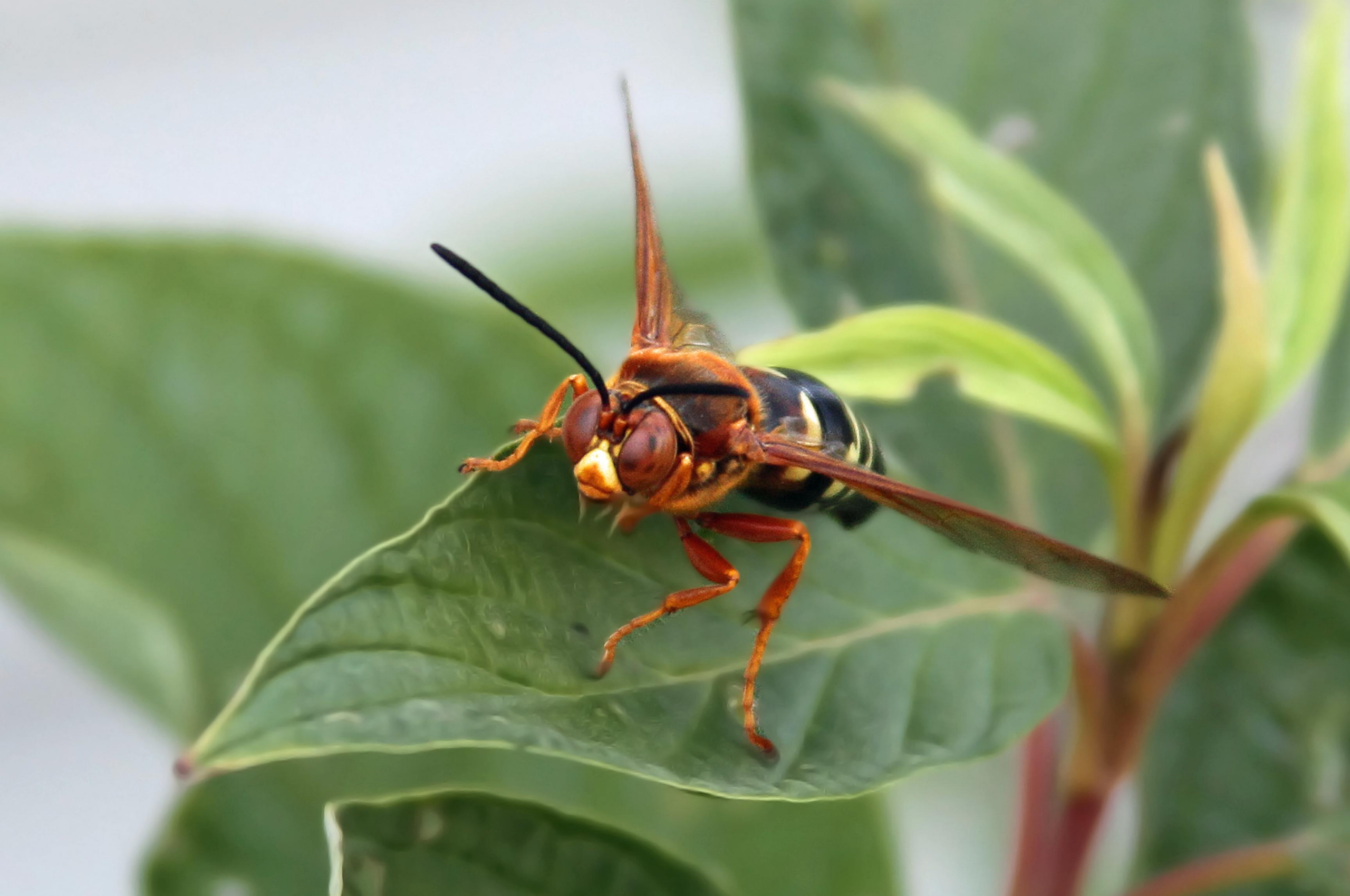
Cicada Killer
Cicada killers are among the largest of wasp species, often reaching lengths of 2 inches. Females build their nests in sandy soil, often ruining well manicured lawns with their holes. Although solitary, females often build their nests within the same general area. While the males are typically more aggressive then the females, they cannot sting.
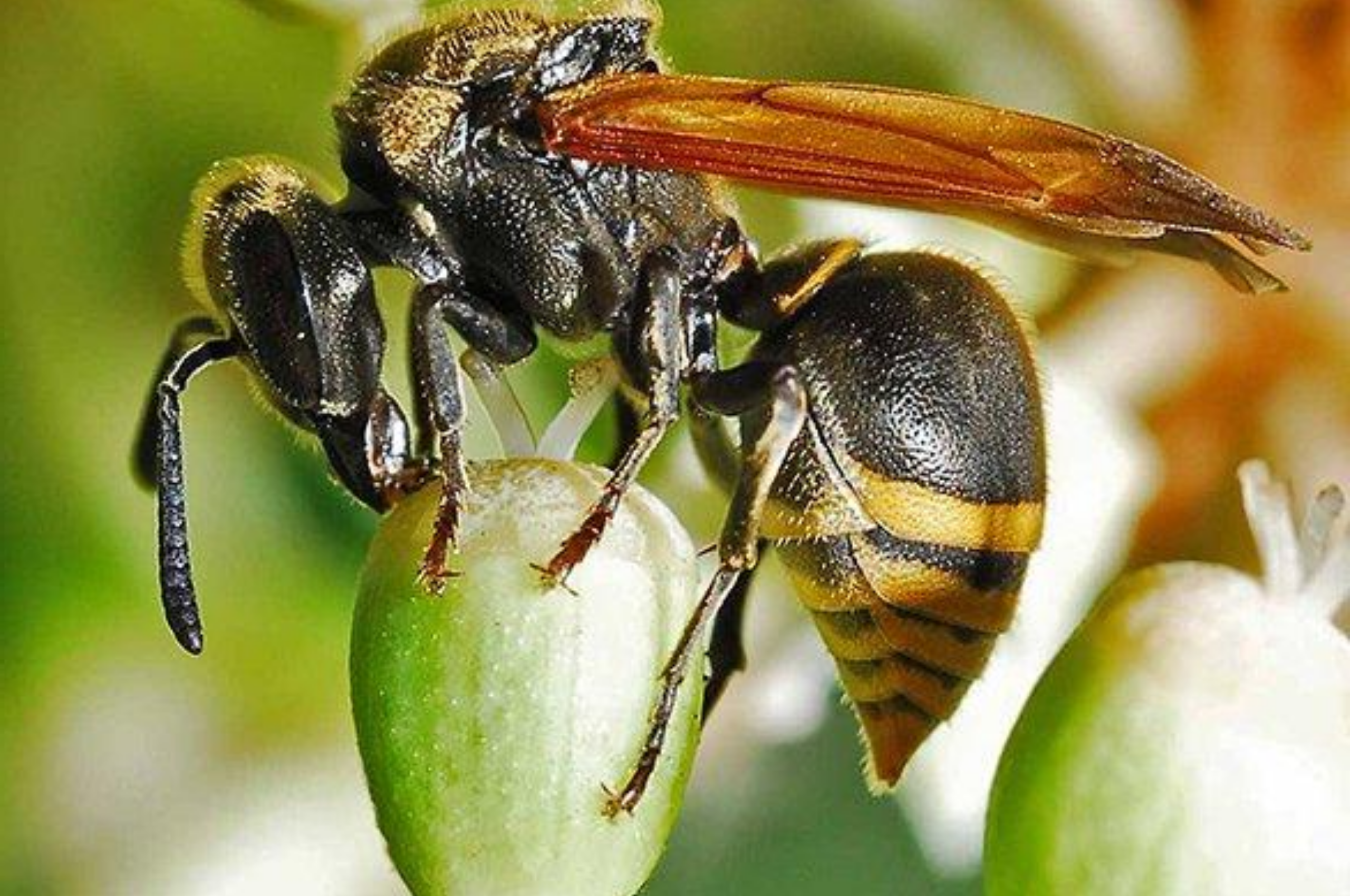
Mexican Honey Wasp
Mexican honey wasps, are social insects that often build their paper nests in the canopies of trees and shrubs. They are smaller than most wasps at a quarter to a thord of an inch in size. While not aggressive they can sting in defense of their nests. Mexican honey wasps are one of the few insects other than honey bees known to produce and store honey.
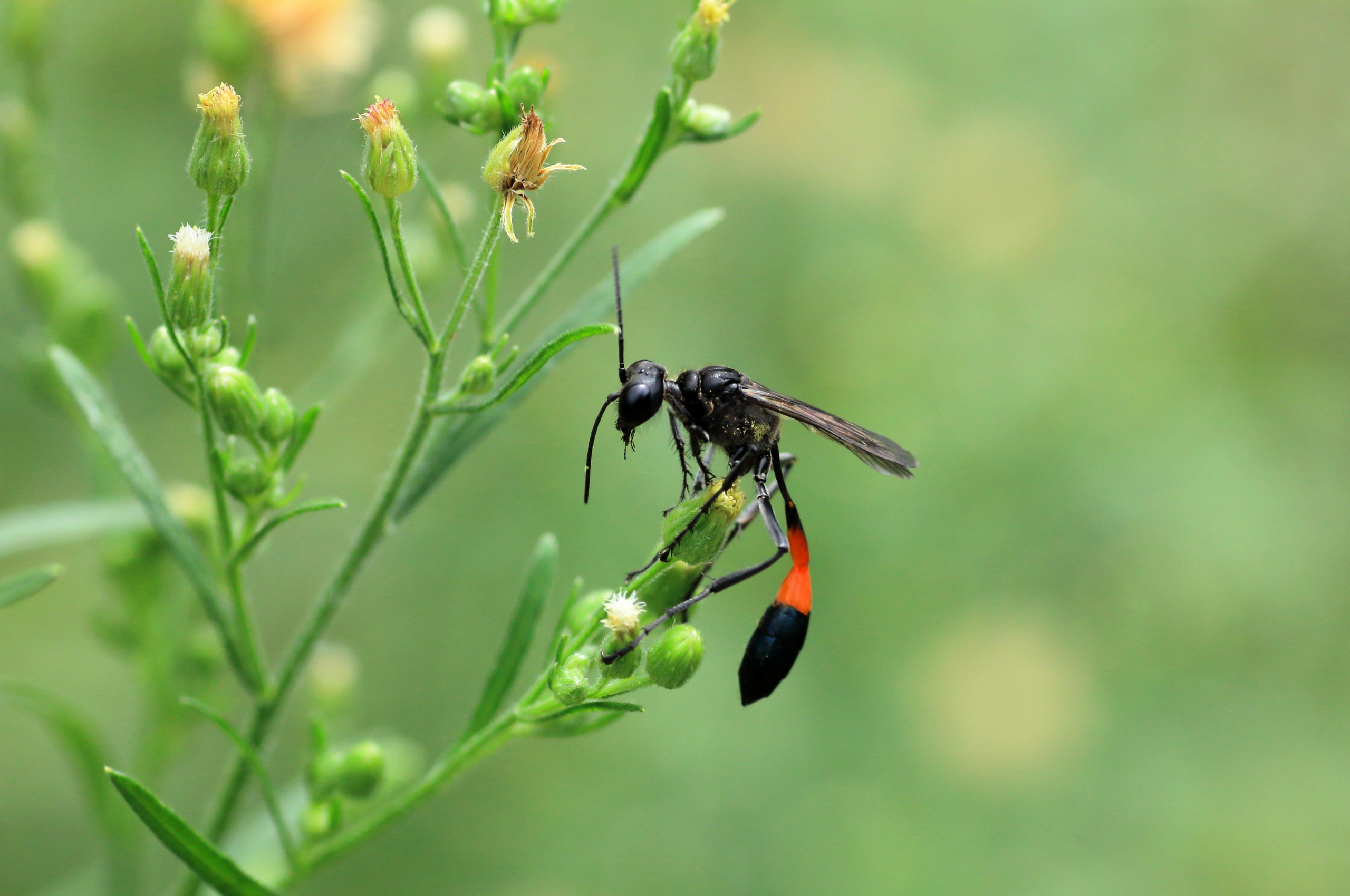
Mud Dauber
Mud daubers are solitary insects, varying between an inch to an inch and a half in length, The two species typically found in texas are the black and yellow mud dauber and the metallic blue mud dauber. Both species use nests constructed from mud and can vary in shape, from cylindrical to round. These nests can be found near vegetation, under eaves, in garages, or any protected area.

Paper Wasp
Paper wasps are common in texas but due to a variety of species can vary in color, habits, and aggressiveness. One thing all paper wasps have in common is that they build umbrella shaped nests using paper that they manufacture from chewed wood fiber. They commonly build nests on door and window frames, in hollow fencing, outdoor furniture, garages, shrubbery s and on playground equipment.
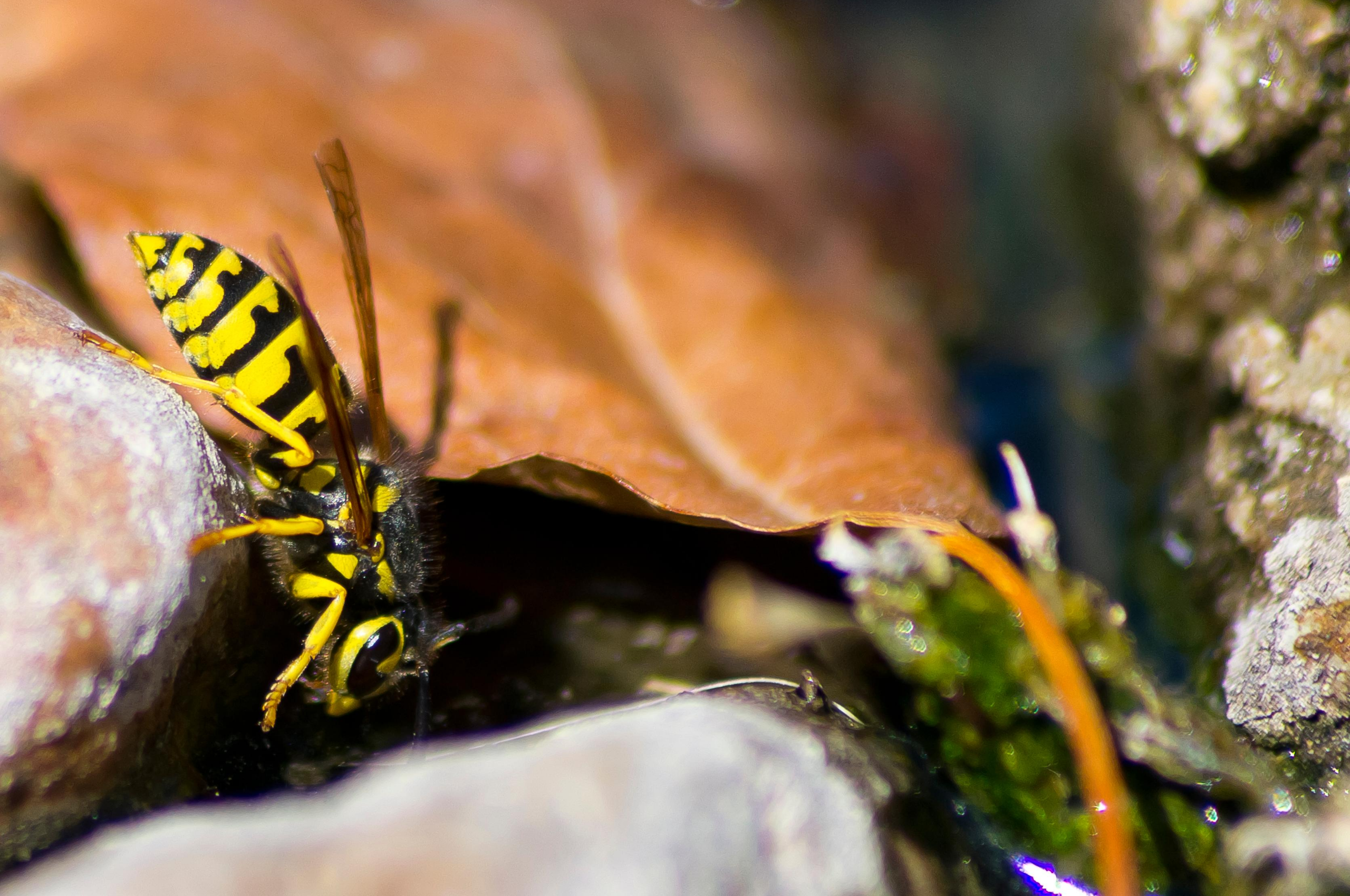
Yellow Jacket
Yellow Jackets are the most common of wasps to be mistaken with bees due to their yellow and black coloring and similar size. Yellow jackets nests can be found in a variety of places both underground in gardens, shrubs and on roadsides and aerially in trees, garages, sheds, barns and of course houses. Very often, the actual nest is hidden inside a hole, some distance away from the entry hole, making finding the nest a challenge.
How Did I Get Wasps?
If you’ve noticed wasps inside your home or business, it’s likely they’re finding their way in through holes or gaps that you may not have noticed. Wasps may be attracted to your property for a number of reasons like left out food or spilled soda, nearby flowers or plants, or an abundance of insects or spiders . These flying pests may also be attracted to your home or business if you have a place for them to nest. Hollow spaces like gutters are one of their favorite places to nest, so wasps are naturally attracted to garages and houses..
How Do I Prevent Wasps?
First and foremost we want to strongly advise you against any DIY wasp removal as it can become quite dangerous. Wasps are notoriously aggressive when defending their nests, and trying to remove a nest from your home or business on your own can lead to being stung by not only one wasp but possibly the entire colony. Wasps can sting a person or animal several times without dying as they don’t lose their stringers. These stings are not only dangerous but can proe to be fatal if you have a wasp sting allergy. Trying to remove the nest can also result in the spread of the wasps around the area and can put your neighbors and pets in danger of being stung. Depending on where the nest is located, the wasps once displaced could move to your indoor areas, putting your family, pets or customers in dangers path.
The best method of wasp pest control is to clean up any outdoor area of trash and be sure to clean up any spilled food or drinks. Reach out to a pest control expert, like Stellar Pest and Wildlife, if you suspect that you have a nest close to your home or business as we have the proper equipment and training to eradicate the infestation. Exterminating wasps can be difficult, and if it’s not done properly, you just may end up dealing with a colony of angry wasps.
How to Prepare for Our Visit
To prepare for a Stellar Pest and Wildlife’s wasp treatment of your home or business, you should gather the following information:
* A list of any places that you have seen wasps or bees in your home or business
* The location of the nest or hive if you have seen it
* Any location in your home or business where you have heard buzzing within the walls
* When you first observed the presence of wasps in or around you property
* Any significant amount of dead insects or pests in or around your property, as these are signs that there are wasps actively hunting on your property
In order to prepare your home or business, you should:
* Seal off any entry points into your house or business like soffits, attic vent screens and any screens that have holes or tears if nest is not located near or in building
* Remove any food sources or clean up spilled drinks
Some of Our Work
We promise to treat your home or business like we would our own! We use only the best materials, and will provide you with a professional, honest and custom service plan fitted for you, guaranteed. Find out why we have been awarded with Best Pest Control of Plano 2018 & 2019 and Best Pest Control of Princeton.


